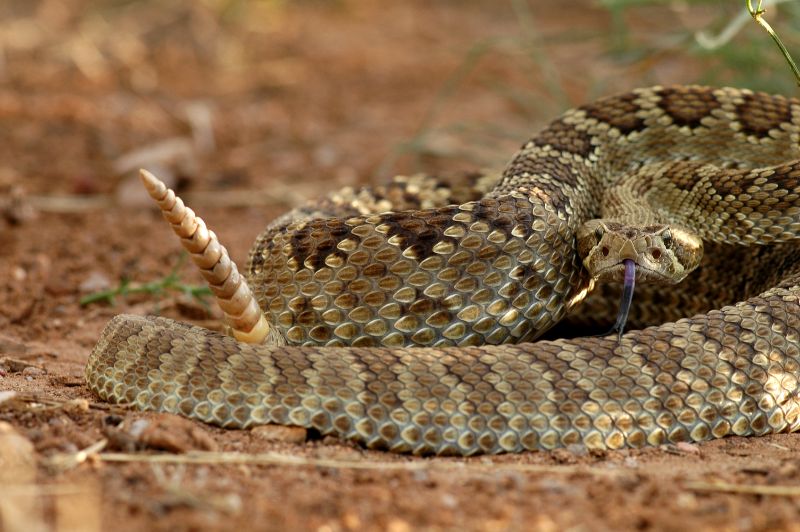Snake Bites and the Rattlesnake Vaccine for Dogs

The spring season is definitely something to celebrate, especially for those of us who like to hike with our dogs. Getting out into nature with our pawed pals is something we cherish when the weather warms. And no doubt, it is great for our health and the health of our pets. But there is also something else that comes with the season – snakes.
This is the time of year when most wildlife emerges, including baby critters, and of course, cold blooded reptiles who thrive in the sun. This season sees a spike in the number of animal emergencies related to snake bites, about 150,000 bites to cats and dogs each year. To keep your pet safe this season, we are here to give you the snake safety and rattlesnake vaccine information you need.
Snake Bite Emergencies
Since snakes are plentiful in the United States, the good news is that most are non-venomous. Among the poisonous ones, are two families of snakes, Elapidae, which include coral snakes, and the Crotalidae family, or pit vipers, that include rattlesnakes, copperheads, and water moccasins. Rattlesnakes are the most common and there are a few subspecies of rattlesnakes, including Mojave, Northern Pacific, and Western Diamondback.
Snake bites are life-threatening and quite painful. If your pet is bitten, you will need to seek emergency veterinary services immediately, as the venom begins to work quickly after the bite. Do not use a tourniquet or attempt to suck the venom out, as both prove ineffective and can also put you at risk.
Signs of a snake bite include:
- Bleeding
- Puncture wound
- Smelling and redness at site
- Slow breathing
- Whimpering
- Lethargy
- Trembling
Get your pet help as soon as you can, and call your veterinary hospital to inform them of the bite and to better prepare them for your arrival.
Rattlesnake Vaccine
If you and your pet enjoy the outdoors, prevention is the key to keeping your pet safe from a possible snake bite. One recommendation is to sign your pet up for a rattlesnake aversion class. You can either do it in a group setting, or have a trainer come to your house to do the aversion session. It’s effective for life when done properly, and can teach your dog to avoid reptiles (and other critters).
The other thing we recommend is the rattlesnake vaccine. This vaccine protects against a bite from a Western diamondback rattler, which is the culprit of most bites. It also lessens the effects of the venom from other pit vipers like the Mojave.
The vaccine consists of two shots spaced 30 days apart. Dogs over 100 pounds are given three. We recommend that you wait 30 days after the initial set to get your dog back out on the trail or in natural areas, so that the vaccine has time to work.
Just because your pet has been given the vaccine doesn’t mean that a rattlesnake bike isn’t still an emergency. Your pet must still receive treatment, but the effects of the venom will be less severe and the treatment less costly.
Would you like more information about the rattlesnake vaccine? Please call us!
